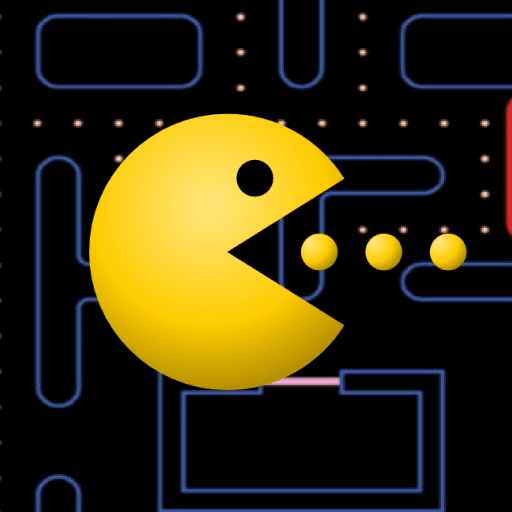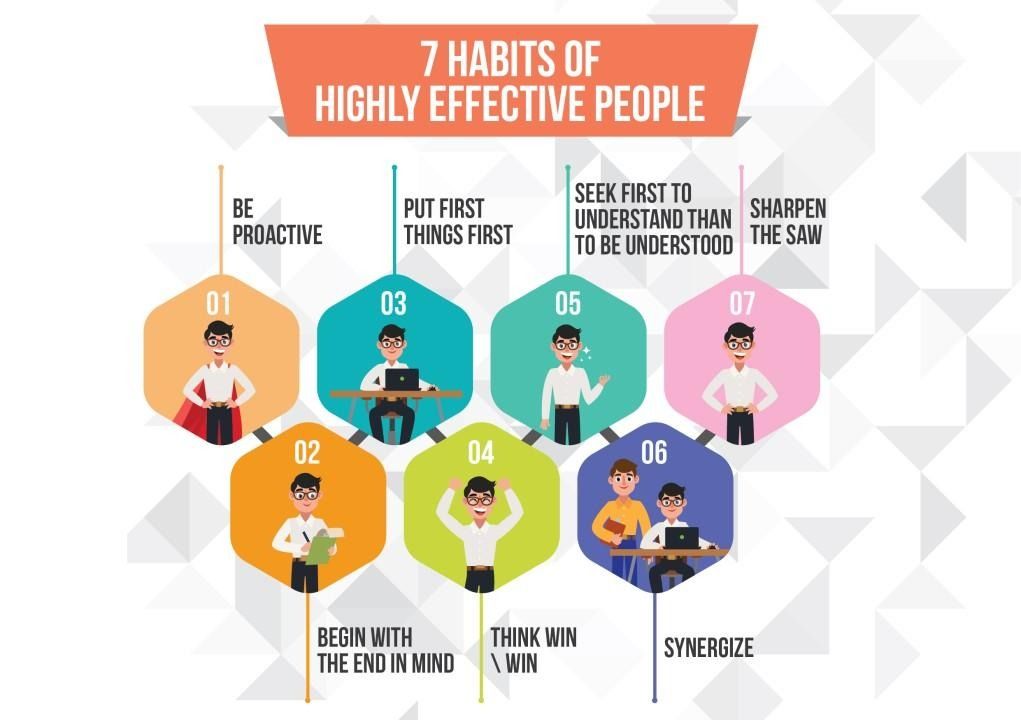

In our fast-paced world, personal growth and self-improvement have become essential for success. Let’s learn more about this topic below with Pacman as we explore the habits that can transform your life and boost your effectiveness.
The quest for personal development and a fulfilling lifestyle has become increasingly important in today’s world. As we navigate through the complexities of modern life, many individuals are seeking ways to enhance their productivity, improve their relationships, and achieve their goals. The 7 Habits of Highly Effective People, a concept popularized by Stephen Covey, offers a framework for personal and professional growth that has stood the test of time. In this article, we’ll explore these habits and how you can start incorporating them into your daily routine to become more effective and successful in all areas of your life.
The first habit of highly effective people is being proactive. This means taking responsibility for your life and understanding that you have the power to choose your responses to any situation. Instead of blaming external circumstances or other people for your problems, proactive individuals focus on what they can control and influence. They recognize that their behavior is a product of their own conscious choices, not their conditions.
To start practicing this habit, begin by focusing on your circle of influence rather than your circle of concern. Identify areas in your life where you can make a difference and take action. For example, if you’re unhappy with your current job, instead of complaining about it, take steps to improve your skills or look for new opportunities. By being proactive, you’ll feel more in control of your life and better equipped to handle challenges.
Remember, being proactive doesn’t mean being aggressive or pushy. It’s about taking initiative and being responsible for your own life. Just as Pacman navigates through mazes, collecting power pellets and avoiding ghosts, you too can navigate through life’s challenges by making conscious choices and taking decisive action.
The second habit involves clearly defining your personal mission statement and long-term goals. This habit is about visualizing what you want to achieve in life and then working backwards to make it happen. It’s like having a personal roadmap that guides your decisions and actions.
To practice this habit, start by creating a personal mission statement. This should reflect your values, principles, and long-term objectives. Ask yourself questions like: What do I want to be remembered for? What kind of person do I want to become? What do I want to achieve in my career and personal life? Once you have a clear vision, you can align your daily actions with your long-term goals.
This habit also applies to smaller tasks and projects. Before starting any endeavor, take a moment to envision the desired outcome. This clarity will help you stay focused and make better decisions along the way. Much like how Pacman players strategize their moves to clear all the dots and reach the next level, you too can plan your life’s journey with a clear end goal in mind.
The third habit focuses on prioritization and time management. It’s about organizing and executing around your most important priorities. This habit helps you distinguish between what’s urgent and what’s important, allowing you to focus on activities that contribute most to your goals and values.
To implement this habit, start by categorizing your tasks into four quadrants based on their urgency and importance:
. Urgent and Important
. Important but Not Urgent
. Urgent but Not Important
. Neither Urgent nor Important
Effective people spend most of their time in the second quadrant – tasks that are important but not urgent. These activities include planning, relationship building, personal development, and preventive measures. By focusing on these tasks, you can reduce the number of urgent crises and fire-fighting in your life.
Consider using tools like a weekly planner or digital apps to schedule your tasks based on their priority. Just as Pacman must decide which path to take and which power pellets to prioritize, you too must make conscious decisions about how to spend your time and energy.
The fourth habit is about seeking mutually beneficial solutions in all your interactions. This mindset goes beyond the traditional win-lose mentality and strives for outcomes where all parties benefit. It’s based on the belief that there’s plenty for everyone and that one person’s success doesn’t have to come at the expense of another’s.
To cultivate this habit, start by looking for win-win solutions in your daily interactions. This could be in your personal relationships, at work, or in business dealings. When faced with a conflict or negotiation, ask yourself: How can we create a solution that benefits everyone involved? What would a mutually satisfactory outcome look like?
Developing this habit requires a combination of courage to express your needs and consideration for others’ needs. It also involves creativity to find new solutions that satisfy all parties. Remember, sometimes the best solution might be “no deal” if a win-win outcome can’t be reached. This approach fosters better relationships and long-term success.
In the game of Pacman, while the player aims to win by eating all the dots, the game is designed to provide enjoyment for the player. Similarly, in life, we should aim for outcomes where everyone can benefit and feel satisfied.
An essential aspect of thinking win-win is developing empathy and understanding for others. This involves putting yourself in their shoes and trying to see things from their perspective. By doing so, you’ll be better equipped to find solutions that address everyone’s concerns and needs.
Practice active listening in your conversations. Instead of focusing on formulating your response, really try to understand what the other person is saying and feeling. Ask clarifying questions and paraphrase their points to ensure you’ve understood correctly. This approach not only helps in finding win-win solutions but also strengthens your relationships.
The fifth habit is about effective communication. It emphasizes the importance of listening empathetically before trying to get your own point across. This habit is crucial for building strong relationships and resolving conflicts effectively.
To practice this habit, focus on developing your listening skills. When someone is speaking to you, give them your full attention. Avoid interrupting or jumping to conclusions. Instead, try to understand their perspective fully before formulating your response. This doesn’t mean you have to agree with everything they say, but it does mean making a genuine effort to see things from their point of view.
Once you’ve truly understood the other person, you can then express your own ideas clearly and with respect. This approach leads to more productive conversations and stronger relationships. It’s particularly useful in negotiations, conflict resolution, and team dynamics.
In the world of Pacman, understanding the patterns and behaviors of the ghosts is crucial for success. Similarly, in life, understanding others is key to navigating social interactions and achieving positive outcomes.
Empathetic listening goes beyond just hearing words. It involves understanding the emotions and intentions behind what’s being said. This type of listening requires patience and practice. Here are some ways to improve your empathetic listening skills:
. Pay attention to non-verbal cues like tone of voice and body language
. Resist the urge to judge or evaluate what’s being said
. Ask open-ended questions to gain deeper understanding
. Show that you’re listening through appropriate facial expressions and gestures
. Reflect back what you’ve heard to confirm your understanding
By mastering empathetic listening, you’ll not only improve your relationships but also gain valuable insights that can help you in various aspects of your life.
The sixth habit is about creative cooperation and teamwork. Synergy means that the whole is greater than the sum of its parts. It’s about valuing differences and seeking out diverse perspectives to create better solutions than any individual could have come up with alone.
To practice synergy, start by embracing diversity in your personal and professional life. Seek out people with different backgrounds, experiences, and viewpoints. When working on a project or solving a problem, encourage brainstorming and creative thinking. Be open to new ideas and approaches, even if they’re different from what you’re used to.
Synergy often leads to innovative solutions and breakthrough ideas. It requires trust, open-mindedness, and a willingness to learn from others.